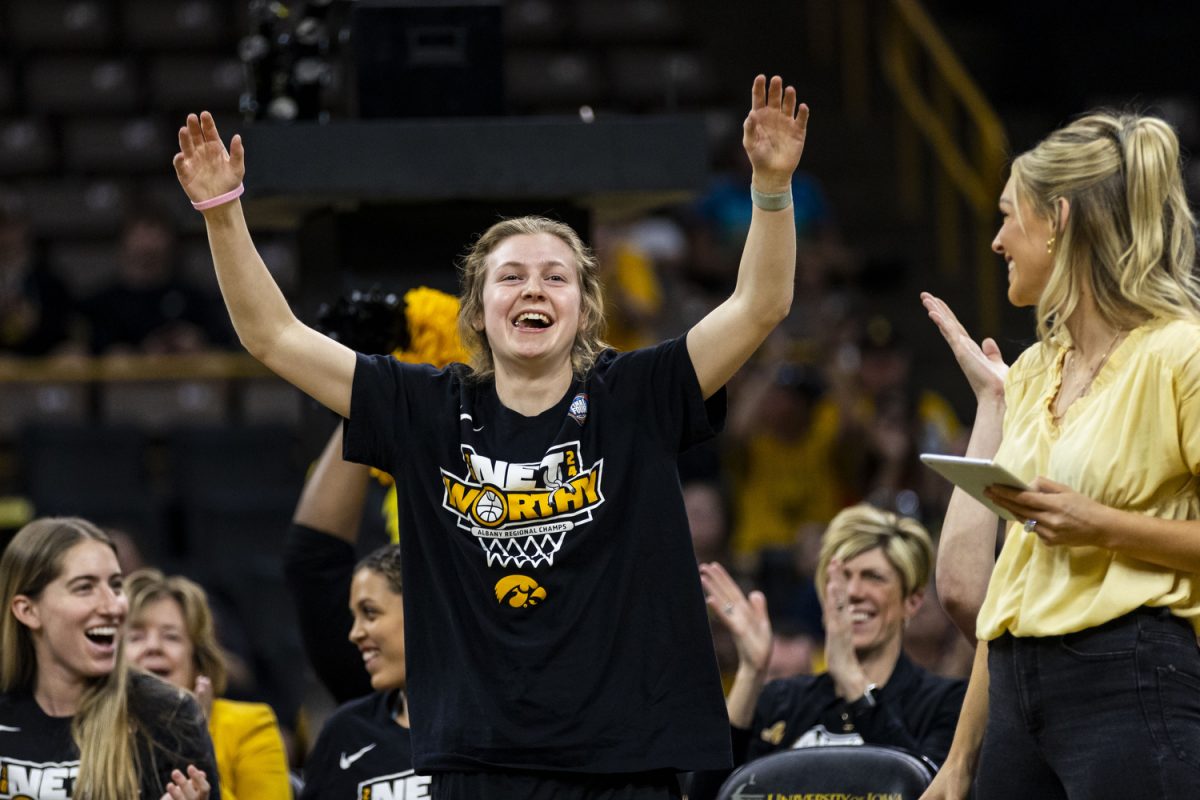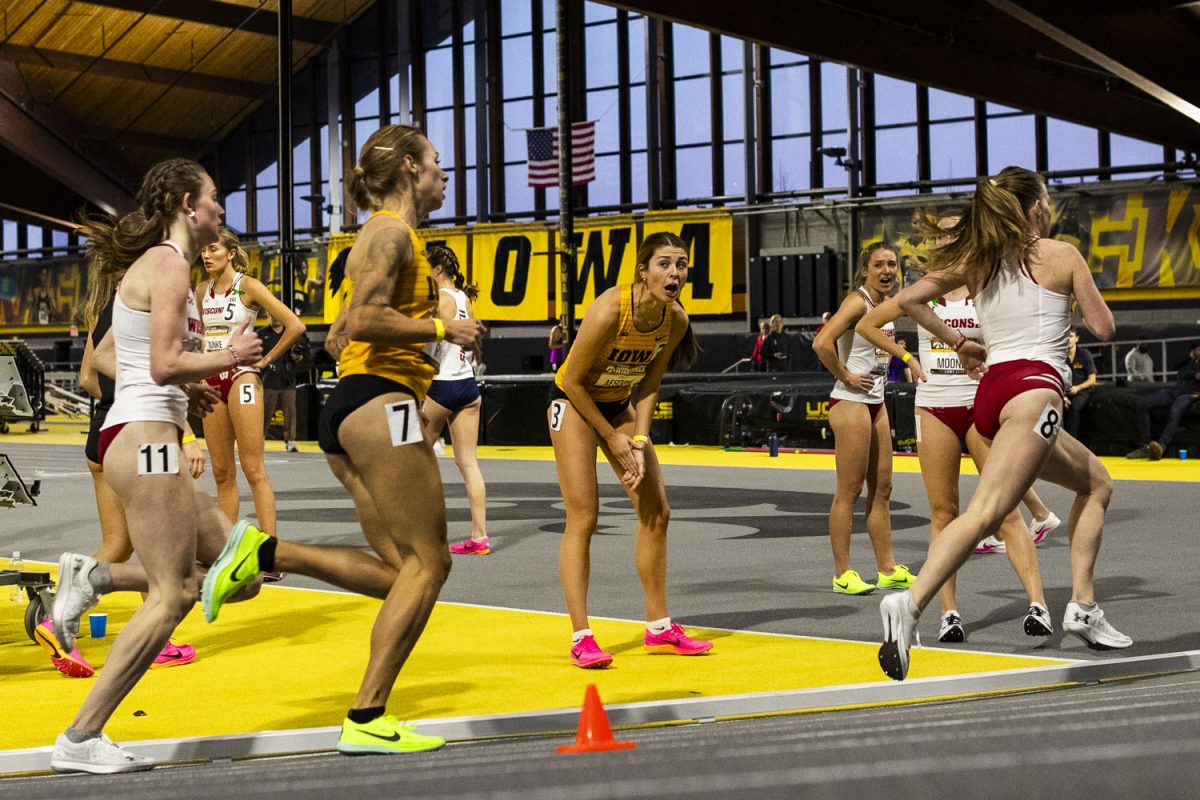
A lot of things went wrong for the Iowa wrestling team on Jan. 25. No. 3 Minnesota came into Carver-Hawkeye Arena and took home a 19-15 victory, handing the second-ranked Hawkeyes just their second loss of the season.
The first loss occurred when top-ranked and three-time defending national champion Penn State walked into Carver and blew the doors off the Hawkeyes in December. And, in many ways, the two losses are very similar.
When Iowa lost to Penn State, it was because of a combination of bonus points and a lack of offense. The Nittany Lions won seven of the 10 bouts, and three of those wins — from David Taylor, Ed Ruth and Morgan McIntosh at 165, 184 and 197 pounds — came by major decision.
"We did not perform," Iowa wrestling coach Tom Brands said after that dual. "They kicked us right off our home mat."
The difference in the Minnesota dual was also, by and large, bonus points. Each team won five bouts in the dual, but Minnesota had two bonus-point victories — a pin at 125 pounds from redshirt freshman Sam Brancale, along with a major decision from Scott Schiller at 197 — while Iowa posted five decisions.
Bonus points are a huge deal, of course. In many ways, it can sway the momentum of a dual one way or another. But it wasn’t just the lack of bonus points that did Iowa in during each loss.
Against Penn State, the Hawkeyes got beat in total match points (68-38) and takedowns (18-9) and were forced into more stalling calls (4-3).
The majority of those points and takedowns came after the midway point in the dual, when Cael Sanderson’s murderers’ row — that is, 165 through 197 pounds (each of the four wrestlers are ranked in the top eight of their respective weight classes) — dismantled their Iowa counterparts.
Similarly, against Minnesota, Iowa was outscored in total match points (50-36), accrued fewer takedowns (14-5), and was forced into more stalling calls (3-2).
Perhaps a key difference between the two losses was that it wasn’t the fault of Iowa’s heavier weights for the disparity in match points and takedowns against Minnesota. But even with that said, just like the Penn State dual, the only thing left to decide before the dual’s final bout was merely the margin of victory for Iowa’s opponent.
“There were some chinks in our armor today,” Iowa’s Bobby Telford said after the dual on Jan. 25.
It’s pretty obvious that, when the Hawkeyes win, they do so because they attack more. They pressure their opponents and score more points. In eight of Iowa’s 11 dual wins this season (not counting the Iowa City Duals results), the Hawkeyes average close to 80 match points while surrendering an average of around 34.
But what’s also similar in the losses is the opposition’s ability to halt any sort of momentum for Iowa. Against Minnesota, Brancale opened with a fall, and each time Iowa managed to tie the team score — which it did twice — a Gopher wrestler snagged a victory to give Minnesota the lead back.
Against Penn State, Iowa actually led the dual after two matches, 6-3, before Penn State wrestlers compiled two-straight victories to take a 9-6 lead. Derek St. John scored a decision in that dual to tie the score at 9 after five matches, only to watch his team’s chances to win wither away in the next four bouts.
This is not to say that there’s a certain recipe to beat the Hawkeyes — “If you’ve done this long enough, when you get into things like this, anything can happen,” Minnesota wrestling coach J Robinson said on Jan. 25.
But when the losses draw these kinds of similarities, there may be specific reasons to be concerned.






